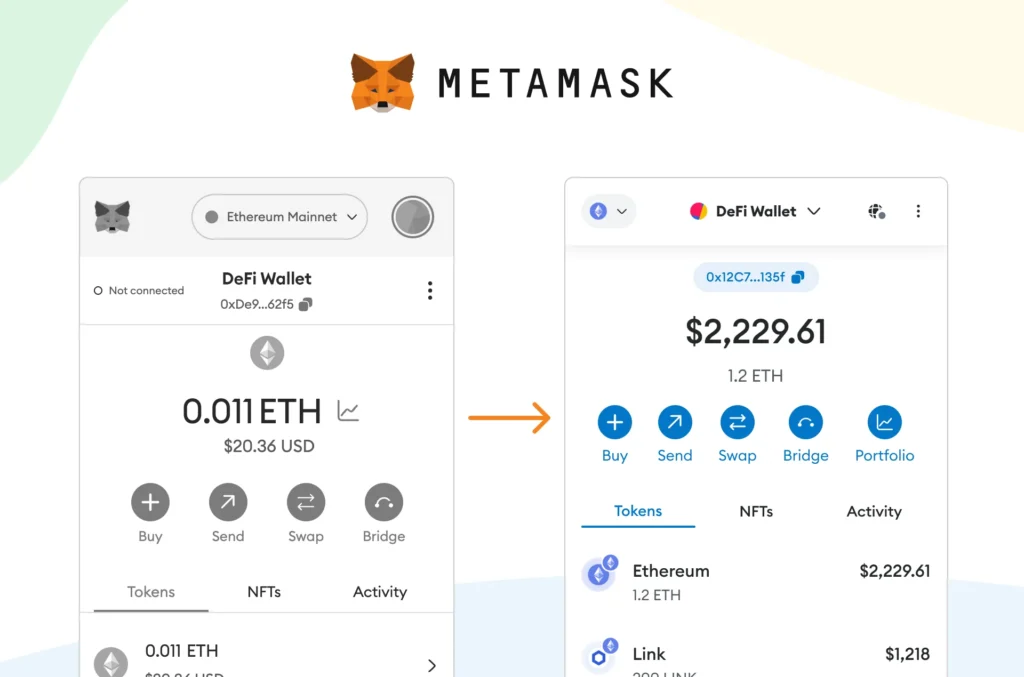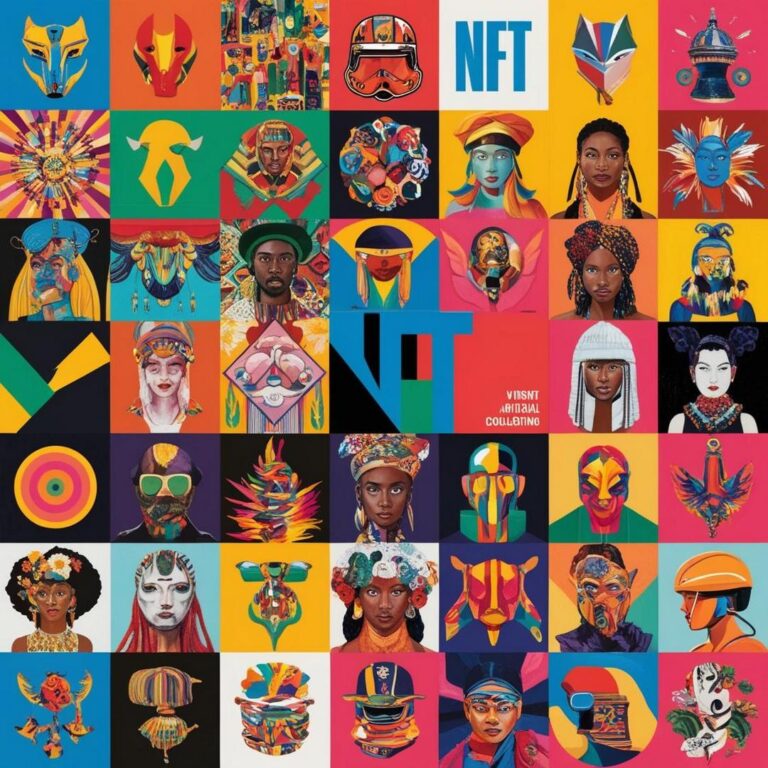Complete Guide to Creating and Selling NFT Art

NFT art has revolutionized how digital creators monetize their work. NFTs (Non-Fungible Tokens) are unique digital assets recorded on a blockchain, providing proof of ownership and authenticity. This guide walks you through the process of creating and selling your digital art as NFTs.
Understanding NFTs
NFTs transform digital art into collectible assets with verifiable ownership. Unlike cryptocurrencies such as Bitcoin, each NFT is unique and cannot be exchanged on a like-for-like basis. NFTs typically use the Ethereum blockchain, though other blockchains like Solana, Tezos, and Flow now support them as well.
Step-by-Step Guide to Creating and Selling NFT Art
Creating Your Digital Art
Before minting an NFT, you need compelling digital content. This can include:
- Digital illustrations
- Photography
- 3D models
- Animations
- Music
- Videos
- Digital collectibles
Tools for creating digital art:
| Software | Best For | Cost |
|---|---|---|
| Adobe Photoshop | Image editing | $20.99/month |
| Procreate | Digital painting (iPad) | $12.99 one-time |
| Blender | 3D modeling | Free |
| Adobe After Effects | Animation | $20.99/month |
| GIMP | Image editing | Free |
For inspiration, view high-quality NFT art examples: OpenSea’s Top Collections
Selecting an NFT Marketplace
Once your art is ready, choose a marketplace for minting and selling your NFTs.
Popular NFT marketplaces:
| Marketplace | Blockchain | Fees | Benefits |
|---|---|---|---|
| OpenSea | Ethereum, Polygon | 2.5% transaction fee | Largest marketplace, supports multiple blockchains |
| Rarible | Ethereum, Tezos, Flow | 2.5% transaction fee | Community-owned platform |
| Foundation | Ethereum | 15% transaction fee | Curated, invitation-only platform |
| Nifty Gateway | Ethereum | 5% + $0.30 per transaction | Partnerships with major brands and artists |
| SuperRare | Ethereum | 15% primary sales, 3% secondary | High-end art focus |
Setting Up a Crypto Wallet
To mint and sell NFTs, you need a cryptocurrency wallet compatible with your chosen marketplace.
Recommended wallets:
- MetaMask (for Ethereum)
- Phantom (for Solana)
- Temple (for Tezos)
- Dapper (for Flow)
Setup process for MetaMask:
- Visit MetaMask.io and install the browser extension
- Create a new wallet and secure your seed phrase
- Add funds to your wallet (ETH for Ethereum-based marketplaces)
- Connect your wallet to your chosen NFT marketplace

Minting Your NFT
Minting is the process of publishing your art on the blockchain.
Minting steps on OpenSea:
- Connect your wallet to OpenSea
- Click “Create” and upload your digital file
- Fill in metadata:
- Title
- Description
- Collection (optional)
- Properties and attributes
- Choose between:
- Lazy minting (free, mints when purchased)
- Direct minting (costs gas fees)
- Set royalties (typically 5-10%)
- Complete the listing
Gas fees: Blockchain transaction costs that vary by network congestion. Consider minting during off-peak hours or using layer-2 solutions like Polygon for lower fees.
Marketing Your NFT
Creating the NFT is just the beginning. Successful sales require effective marketing.
Marketing strategies:
- Build a community:
- Create Twitter/Discord accounts focused on your art
- Engage with the NFT community
- Share your creative process and behind-the-scenes content
- Leverage social media:
- Post regularly on Twitter, Instagram, and TikTok
- Use relevant hashtags (#NFT, #NFTArt, #NFTCommunity)
- Participate in Twitter Spaces or Discord talks about NFTs
- Collaborate with other artists:
- Join NFT collectives
- Participate in community projects
- Create collaborative pieces
- Consider holding events:
- Virtual gallery openings
- AMA (Ask Me Anything) sessions
- Giveaways to generate interest
Selling Strategies
Pricing approaches:
- Fixed price listings
- Timed auctions
- Open bids
- Edition drops (multiple copies)
Selling models:
| Model | Benefits | Drawbacks |
|---|---|---|
| Fixed Price | Predictable income | May price too low/high |
| Auction | Market determines value | Unpredictable results |
| Limited Editions | Multiple sales opportunities | Less exclusivity |
| 1/1 Unique Pieces | Higher potential value | All-or-nothing sales |
Managing Your NFT Career
Successful NFT artists approach their work strategically:
- Create a consistent release schedule
- Build a recognizable style
- Engage with collectors regularly
- Consider utility for your NFTs (access to content, physical items, experiences)
- Reinvest profits to grow your presence
Legal and Tax Considerations
Copyright issues:
- Only mint art you created or have rights to
- Understand that NFT ownership ≠ copyright ownership
- Consider which rights you’re granting to buyers
Tax obligations:
- NFT sales are typically subject to capital gains tax
- Keep detailed records of all transactions
- Consider consulting with a crypto-savvy accountant
Environmental Considerations
Some blockchains, particularly Ethereum (before its transition to Proof of Stake), have raised environmental concerns due to energy consumption.
Eco-friendly alternatives:
- Tezos (low energy consumption)
- Flow (environmentally efficient)
- Polygon (Layer-2 solution requiring less energy)
- Solana (high efficiency per transaction)
FAQ About NFT Art
How much does it cost to create an NFT?
Costs vary widely. Using platforms with lazy minting (like OpenSea on Polygon) can be nearly free. Traditional Ethereum minting may cost $50-$500+ in gas fees depending on network congestion. Additional costs include marketplace fees (typically 2.5-15% of sales) and potential listing fees on some platforms.
Can I sell my physical art as an NFT?
Yes, but the NFT itself is digital. Many artists create digital representations of physical work or include redemption options where the NFT buyer can claim the physical piece. This creates an interesting bridge between digital and physical art collecting.
How do royalties work with NFT sales?
Most NFT marketplaces allow creators to set royalties (typically 5-10%) on secondary sales. This means you automatically receive a percentage whenever your NFT is resold on the platform. This ongoing revenue stream is a significant advantage over traditional art sales.
Do I need technical knowledge to create NFTs?
Basic NFTs require minimal technical knowledge. User-friendly marketplaces like OpenSea have simplified the process. However, more advanced NFT projects with special features or utility may require programming skills or collaboration with developers.
How can I protect my NFT art from being copied?
While anyone can save a copy of digital art, the NFT’s value comes from provable ownership on the blockchain. Your NFT contains metadata and transaction history that cannot be duplicated. Consider adding watermarks, implementing low-resolution previews, or creating art with elements that only reveal to the owner for additional protection.

